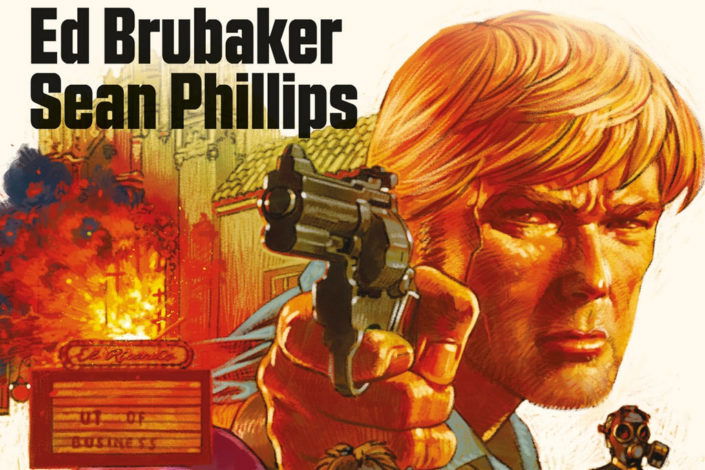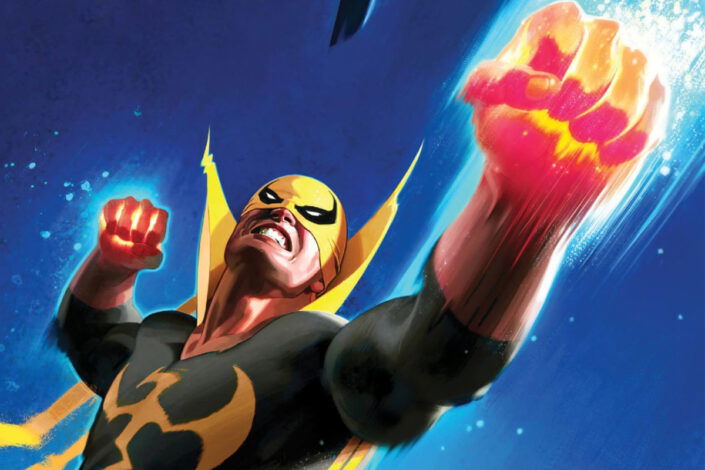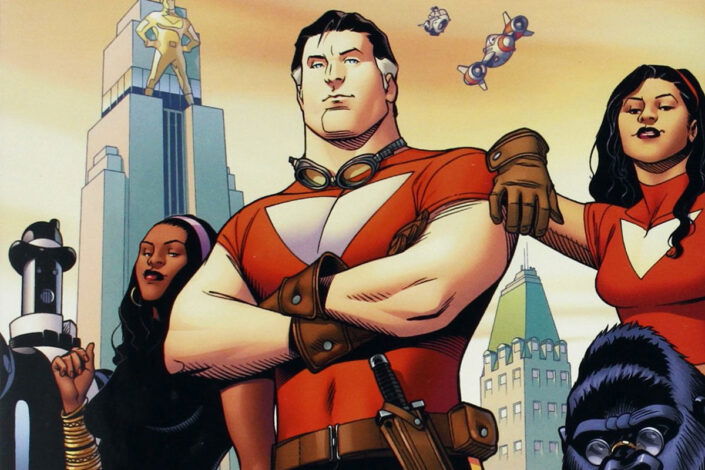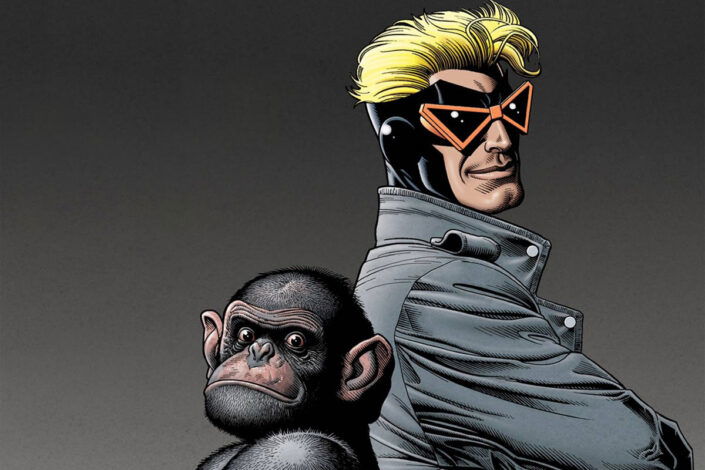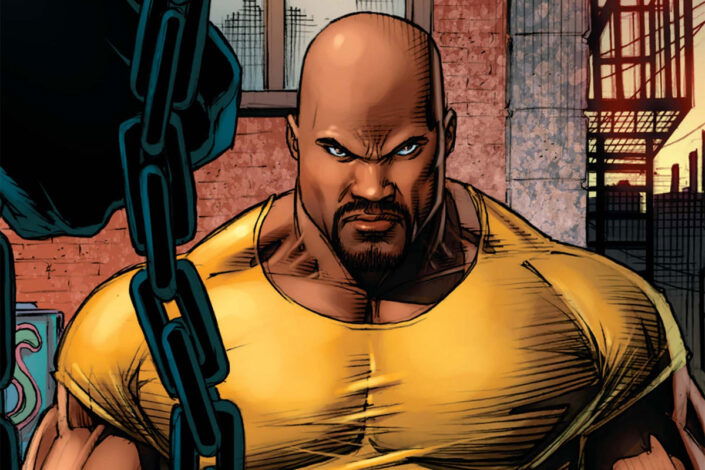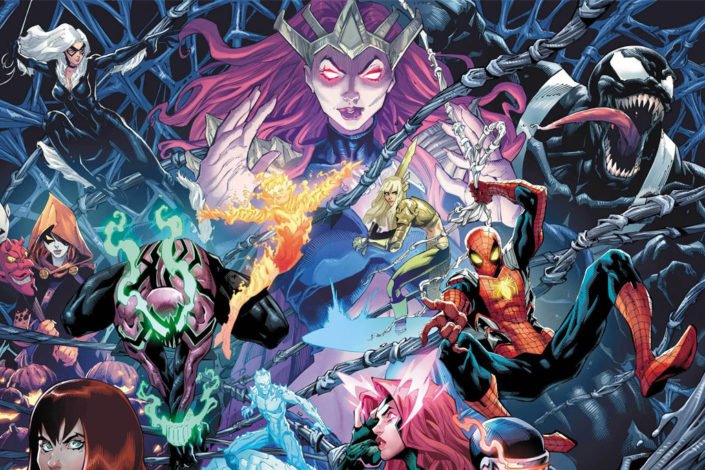Ghostbusters IDW Reading Order
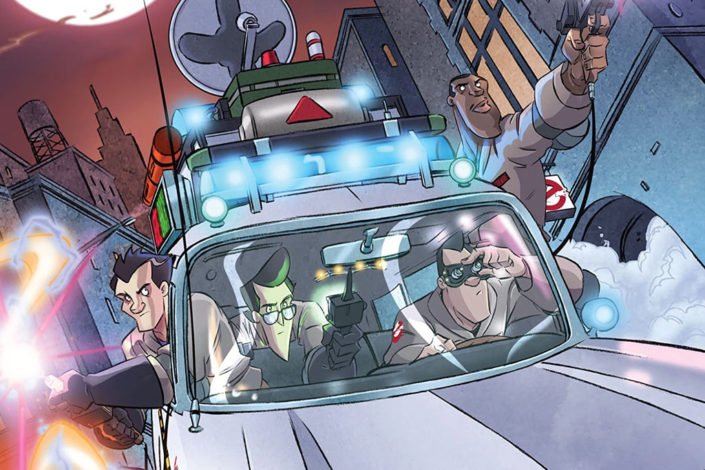
Like with the Teenage Mutant Ninja Turtles, G.I. Joe, and Transformers, IDW has been the house of the Ghostbusters comics for years–starting in 2008, the last miniseries was published in 2020. That’s a lot of miniseries, one-shots, ongoing series, and crossovers.
The Ghostbusters franchise started with the first movie directed by Ivan Reitman and written by Dan Aykroyd and Harold Ramis. It introduced us to this team of ghost hunters, professors Peter Venkman, Ray Stantz, and Egon Spengler–quickly joined by Winston Zeddemore–who had to face the evil Zuul to save New York. They became heroes and came back for a second movie, and a lot more.
The Franchise gave us some pretty successful TV animated shows, video games, books, and of course comic books. In that domain, NOW Comics and Marvel UK started publishing The Real Ghostbusters, comics based on the TV series of the same name, in the late 1980s. The Quebec-based comic company 88MPH Studios also did that in the 2000s. There even was a one-shot Manga in 2008.
And then, IDW acquired the right to publish the Ghostbusters comics and went in a different direction, forgetting the TV show to focus instead on the main continuity established by the first two movies–and the 2009 Ghostbusters: The Video Game.
